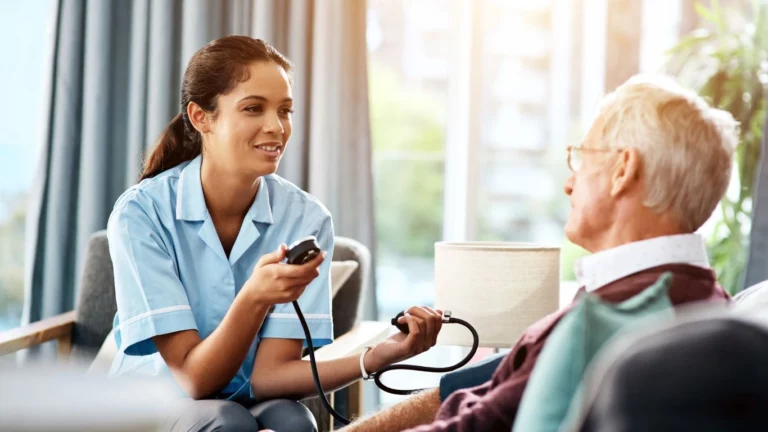Prevent Joint Deformities in RA: Powerful Tips Backed by Experts
If you’ve ever watched someone slowly lose the ability to open a jar, button a shirt, or write their name due to rheumatoid arthritis, you know how heartbreaking joint deformities can be. As a Rheumatology Nurse Practitioner, I’ve seen firsthand how early intervention and the right lifestyle shifts can make a world of difference. So let’s talk about how to prevent joint deformities in rheumatoid arthritis—because trust me, it’s possible to keep your joints healthier, longer, even with this condition hanging around.
Understanding Rheumatoid Arthritis and Why Deformities Happen
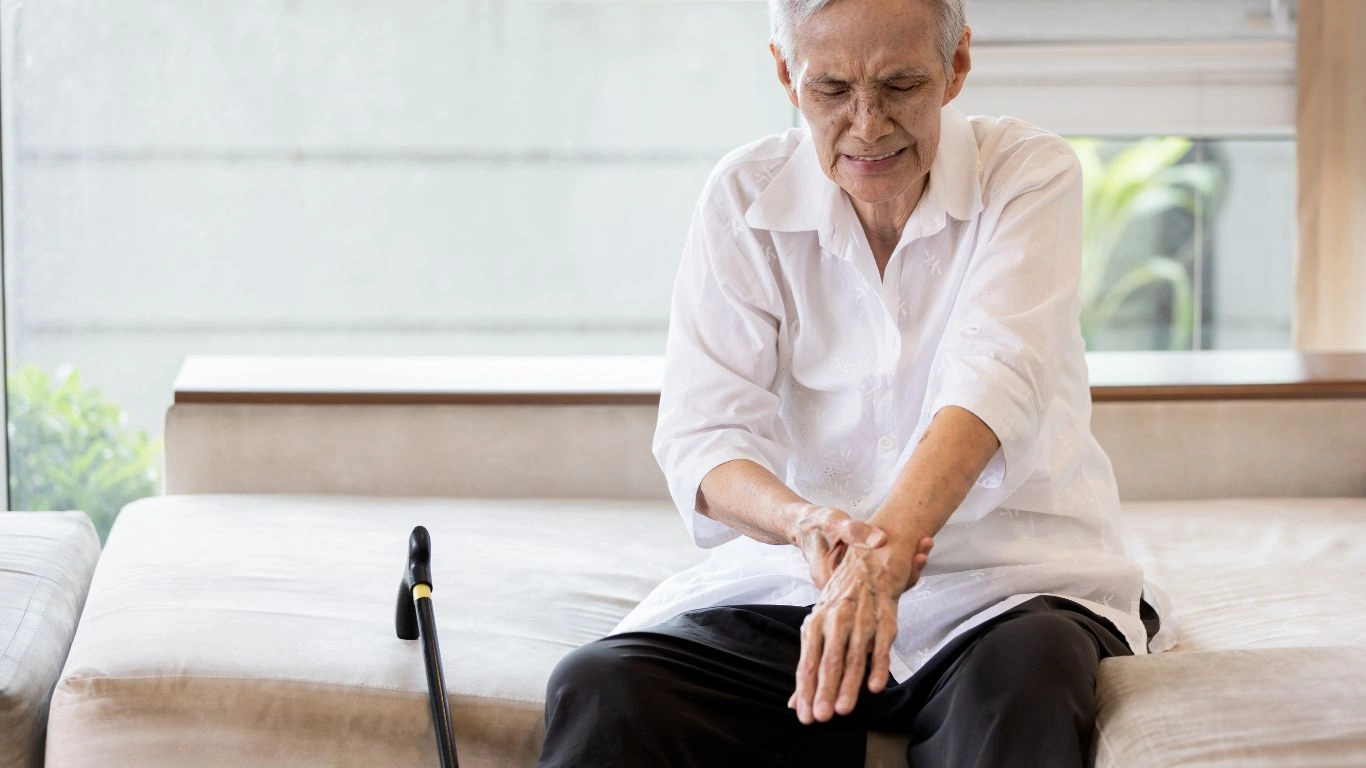
RA isn’t just joint pain—it’s an autoimmune storm. Your immune system basically gets its wires crossed and starts attacking the lining of your joints, causing inflammation, pain, and eventually damage. Over time, that damage can change the very shape of your joints, leading to deformities like swan neck fingers, ulnar drift, and claw toes. Not pretty. Not functional. And definitely not inevitable if you know what to do early on.
I’ve had so many patients who assumed that deformities were just part of the deal. They aren’t. The earlier we take control, the better the outcome. So let’s break it down.
How to Prevent Joint Deformities in Rheumatoid Arthritis
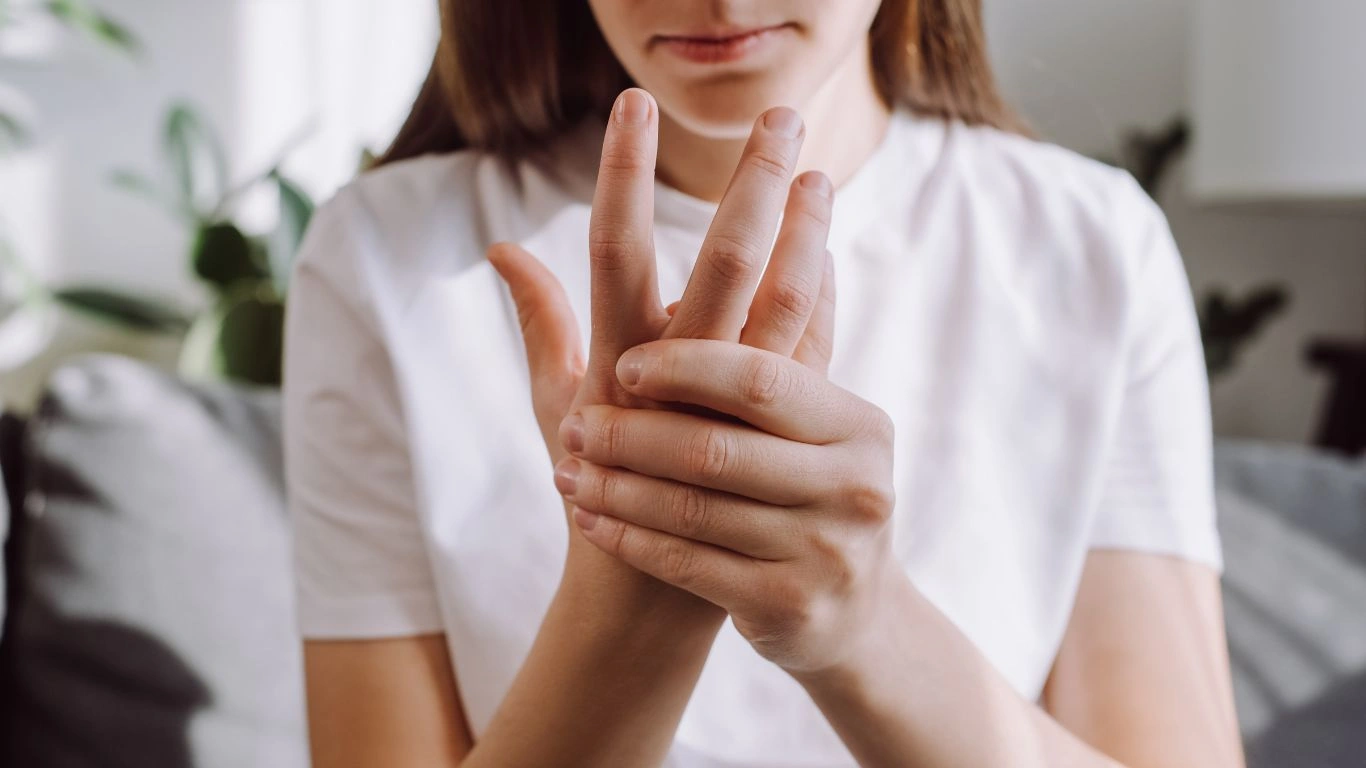
1. Don’t Wait—Start Treatment Early
This is the big one. Time really matters with RA. The sooner inflammation is controlled, the less joint damage occurs. If there’s one thing I hammer home to my patients, it’s this: Get in to see a specialist early. If you’ve been dealing with morning stiffness, swollen joints, or unexplained fatigue for weeks, don’t sit on it. Ask your PCP for a referral to a rheumatologist ASAP.
We now know that there’s this thing called the “window of opportunity”—the first few months of symptoms—where starting treatment can actually slow or even stop joint destruction. Catch it in that window, and your joints might thank you for years to come.
2. Medications: Your First Line of Defense
RA isn’t something you can treat with over-the-counter pain meds alone. To truly prevent deformities, you need to calm the immune system down. That’s where DMARDs (Disease-Modifying Anti-Rheumatic Drugs) come in—like methotrexate, hydroxychloroquine, or sulfasalazine.
And biologics? Absolute game-changer. I’ve had patients who couldn’t grip a coffee mug finally able to open doors again once they found the right biologic. These meds target specific parts of the immune system and can dramatically slow disease progression.
- Methotrexate – Often the first go-to, and yes, it’s safe when monitored properly.
- Biologics like Humira or Enbrel – Great for more aggressive cases.
- JAK inhibitors – An oral option that’s been helping folks who don’t respond to injectables.
It’s not one-size-fits-all, though. What works wonders for one patient might do nothing for the next. That’s why follow-up is so key—we tweak as we go. RA is a moving target sometimes, and we’ve got to stay on it.
3. Protect Your Joints Like They’re Gold
Even on the best meds, daily habits can either help or hurt your joints. Ever see someone push up out of a chair using their fists? That puts all the pressure on tiny finger joints. Now multiply that by 30 times a day. Oof.
I always recommend joint protection techniques that shift stress away from vulnerable areas:
- Use larger, stronger joints whenever possible—think elbows, shoulders, hips.
- Skip repetitive movements when you can—take breaks when folding laundry or typing.
- Invest in adaptive tools—jar openers, wide-handled utensils, button hooks… all super helpful.
One patient of mine, Nancy, resisted using a jar opener for months—she thought it made her “look disabled.” But after a small fracture in her thumb joint, she changed her mind. Now she’s team jar-opener for life. Sometimes little tools make a big difference in preserving joint integrity.
4. Stay Active—but Make It Smart
Movement keeps joints nourished. But high-impact workouts? Not ideal. I’m a huge fan of low-impact exercises for my RA warriors. Think:
- Water aerobics or swimming – My personal favorite for full-body movement without joint stress.
- Yoga and gentle stretching – Helps maintain flexibility, which keeps deformities at bay.
- Walking or cycling – If you can swing it, these are great cardio options that aren’t too jarring.
What’s key is consistency. It’s better to walk for 10 minutes daily than to push through one intense workout a week and flare up for days after. I tell patients to listen to their bodies—RA pain isn’t the “good sore” kind of pain.
5. Regular Rheumatology Follow-Ups
I get it—doctors’ appointments can feel endless. But skipping your rheumatologist visit isn’t doing your joints any favors. RA is sneaky; it can flare silently. We use lab markers, joint exams, and imaging to track it—because once damage happens, it’s tough to reverse.
Routine check-ins help us:
- Adjust meds based on inflammation markers or new symptoms
- Spot early signs of joint changes before they become fixed deformities
- Stay proactive, not reactive
It’s a team effort—and as your provider, I want you to win this thing. I’ve seen incredible outcomes from patients who stuck with their treatment plan and made a few lifestyle tweaks. You don’t have to lose control of your body. You just have to fight smart.
Inflammation Is the Enemy—And You Can Fight Back

At the end of the day, preventing joint deformities in rheumatoid arthritis boils down to one core thing: managing inflammation consistently and aggressively. With the right tools, the right meds, and the right mindset, it’s absolutely possible to stay ahead of the curve. I’ve walked this journey with many patients—and while no two paths look the same, every step toward proactive care makes a difference.
Nutrition’s Role in Preventing Joint Deformities
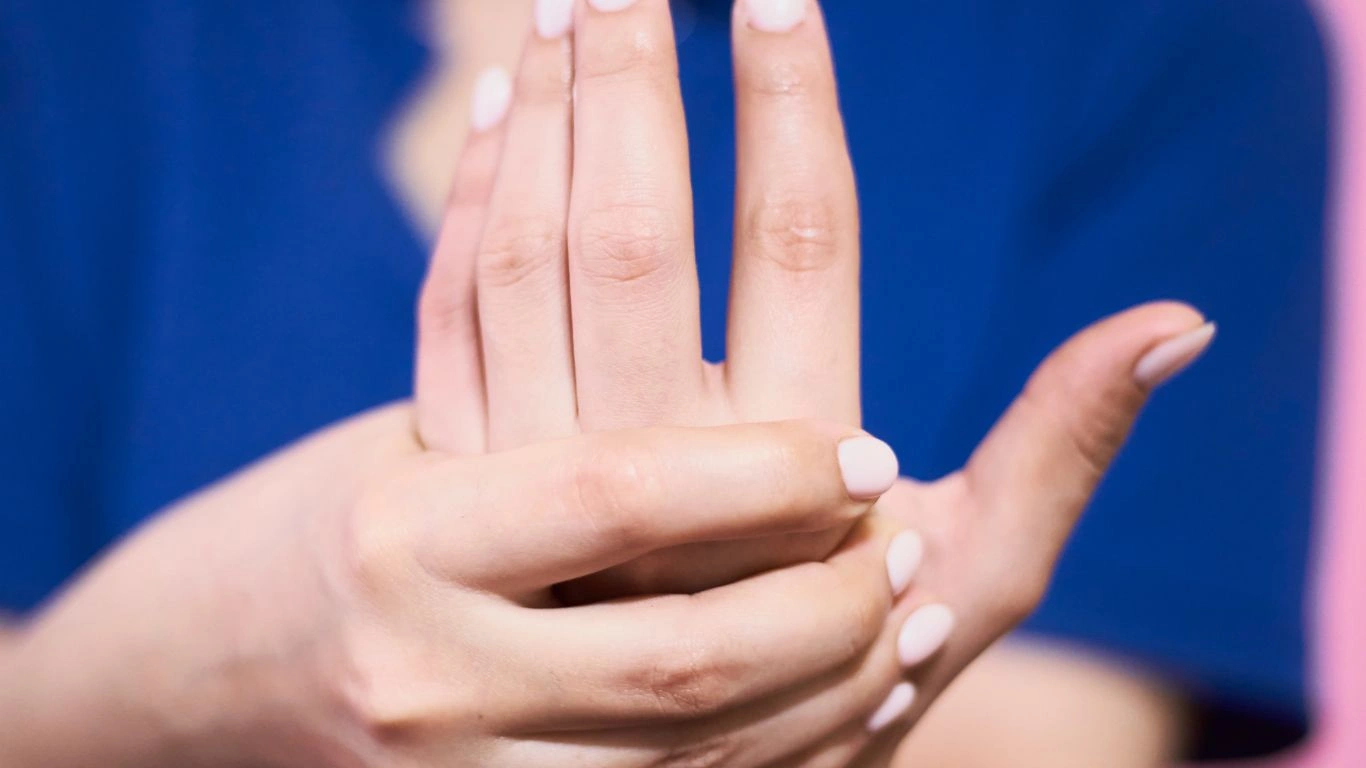
Let’s talk food. Yep, what you eat has a major impact on how your joints feel and function—and how your RA behaves. I can’t count how many times I’ve had patients come back after making some simple changes to their diet and tell me they feel so much better.
Now, I’m not saying there’s a magic superfood that cures RA. There’s not. But there is strong evidence that an anti-inflammatory diet can help reduce flare-ups, ease joint stiffness, and possibly slow down the damage that leads to deformities. That’s a big deal.
Here’s what I usually recommend (and try to follow myself!):
- Omega-3s – Found in fatty fish like salmon and sardines. These little guys are inflammation-fighting ninjas.
- Fruits and veggies – Think rainbow. The more colorful your plate, the better. Berries, spinach, sweet potatoes—get them all in.
- Whole grains – Brown rice, oats, quinoa—great for energy without spiking inflammation.
- Turmeric and ginger – Natural anti-inflammatories. I’ve seen some patients swear by turmeric tea or golden milk daily.
On the flip side, try to cut back on processed junk, fried foods, soda, and red meat. I’m not the food police—but every time I see someone go from daily fast food to whole foods, their joints thank them for it.
Supplements: Worth It?
Honestly? Sometimes, yes. But talk to your provider first (please!). I’ve had a few folks overdo it on supplements, and more isn’t always better. That said, here are a few that might be worth a chat with your rheumatologist:
- Vitamin D – Many people with RA are low in this, and it plays a key role in immune regulation.
- Calcium – Especially important if you’re on long-term steroids, which can weaken bones.
- Fish oil – Those omega-3s again. Capsule form works if you’re not into salmon three times a week.
I always say food first, then supplements if needed. But in the fight against joint deformities? Every tool counts.
The Power of Hand Therapy and Assistive Devices
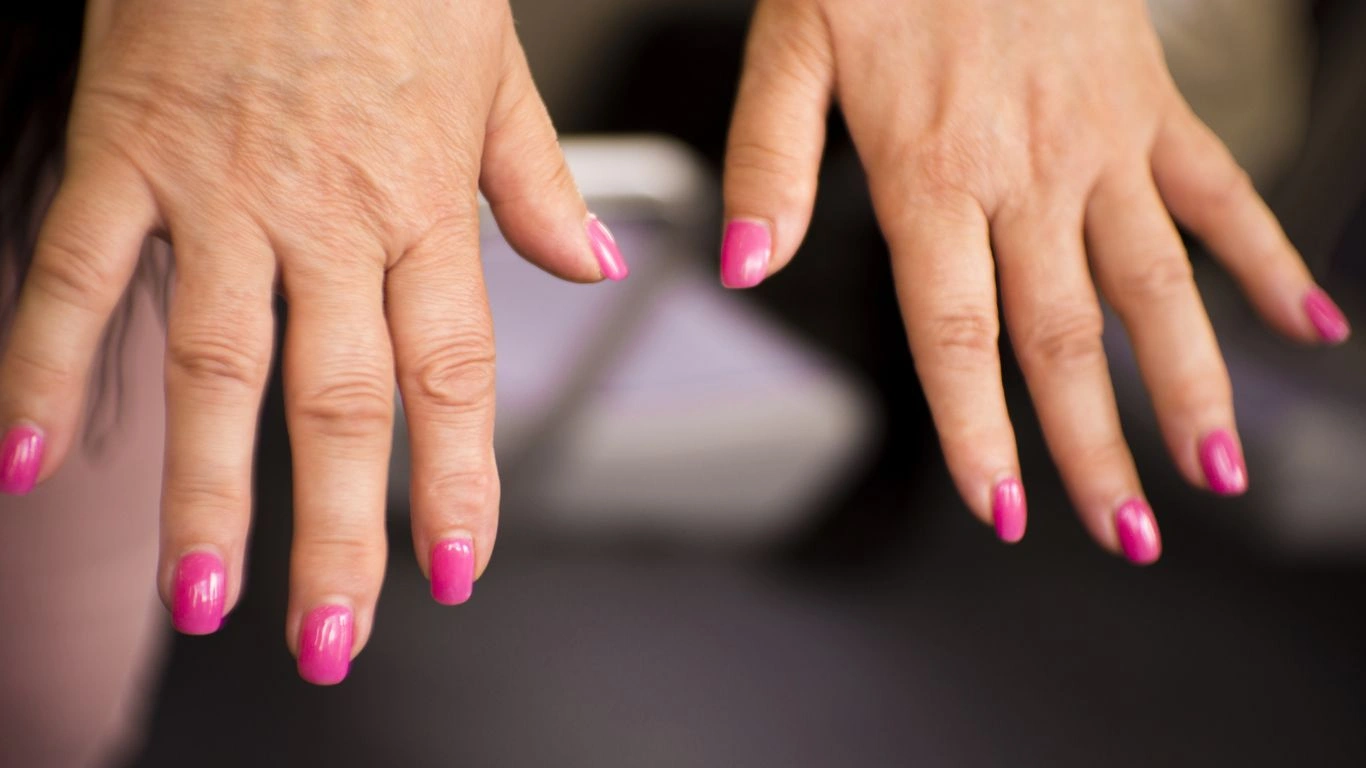
This is a big one, and honestly underused. Occupational therapy and hand therapy can literally preserve your ability to function—and I’ve seen them prevent deformities in folks who started early.
I once had a patient, Marlene, who was a baker. RA hit her hands hard. But with some custom splints and hand therapy exercises, she kept baking for years longer than we expected. She even made me gluten-free cookies once. True story.
Here’s what hand therapy usually includes:
- Custom splints to support joints and prevent drift or collapse
- Range of motion and strengthening exercises (done gently!)
- Joint protection education—like learning new ways to grip or lift
And then there are adaptive tools—game changers. Think electric can openers, long-handled shoehorns, key turners, zipper pulls. They sound small, but they save your joints from micro-trauma that adds up over time.
Night Splints: Do They Work?
For many of my patients with early ulnar deviation or wrist weakness, night splints are a huge help. They keep your joints in neutral positions while you sleep and give your body a break from poor mechanics. It’s a simple intervention, but it works.
Sleep, Stress, and RA: The Vicious Cycle

This might sound fluffy, but hear me out—your nervous system plays a huge role in inflammation. Poor sleep and chronic stress can spike your cortisol, mess with your immune system, and flare your RA like nobody’s business. I’ve seen it too many times to ignore.
One of my younger patients, a new mom with RA, had flares that lined up perfectly with sleepless nights and stress over baby milestones. Once we got her on a bedtime routine (and baby started sleeping a bit), her symptoms settled like magic.
What Helps?
- Stick to a bedtime routine – Wind down the same way each night. No scrolling Instagram at midnight, okay?
- Try mindfulness or meditation – Even 5 minutes a day can reset your system. There are great apps for this.
- Limit caffeine and alcohol – Especially if they mess with your sleep quality.
I know it’s hard. Life is busy, RA is unpredictable, and sleep is precious. But taking care of your mind can directly help take care of your joints. Stress = flares. Flares = inflammation. Inflammation = damage. You see where I’m going here.
Hormones and Gender: A Hidden Influence
This one isn’t talked about enough. RA affects more women than men, and hormones definitely play a role. Estrogen levels can influence immune function, and many women report symptom changes around their menstrual cycle, pregnancy, or menopause.
I had a patient who flared massively right after giving birth—and another who went into remission during pregnancy, then flared hard at weaning. Hormones are powerful, and while we can’t always control them, understanding the patterns helps us respond faster.
What You Can Do
- Track symptoms alongside your cycle (if applicable)
- Discuss hormone changes with your provider—especially during menopause or postpartum
- Advocate for yourself if you feel dismissed—hormonal flares are real, even if they’re not well understood yet
As research continues, I’m hopeful we’ll get better at predicting and managing these flare patterns. But in the meantime, knowledge is power—and sharing your observations with your care team can make all the difference.
Stay Consistent with Self-Care Routines
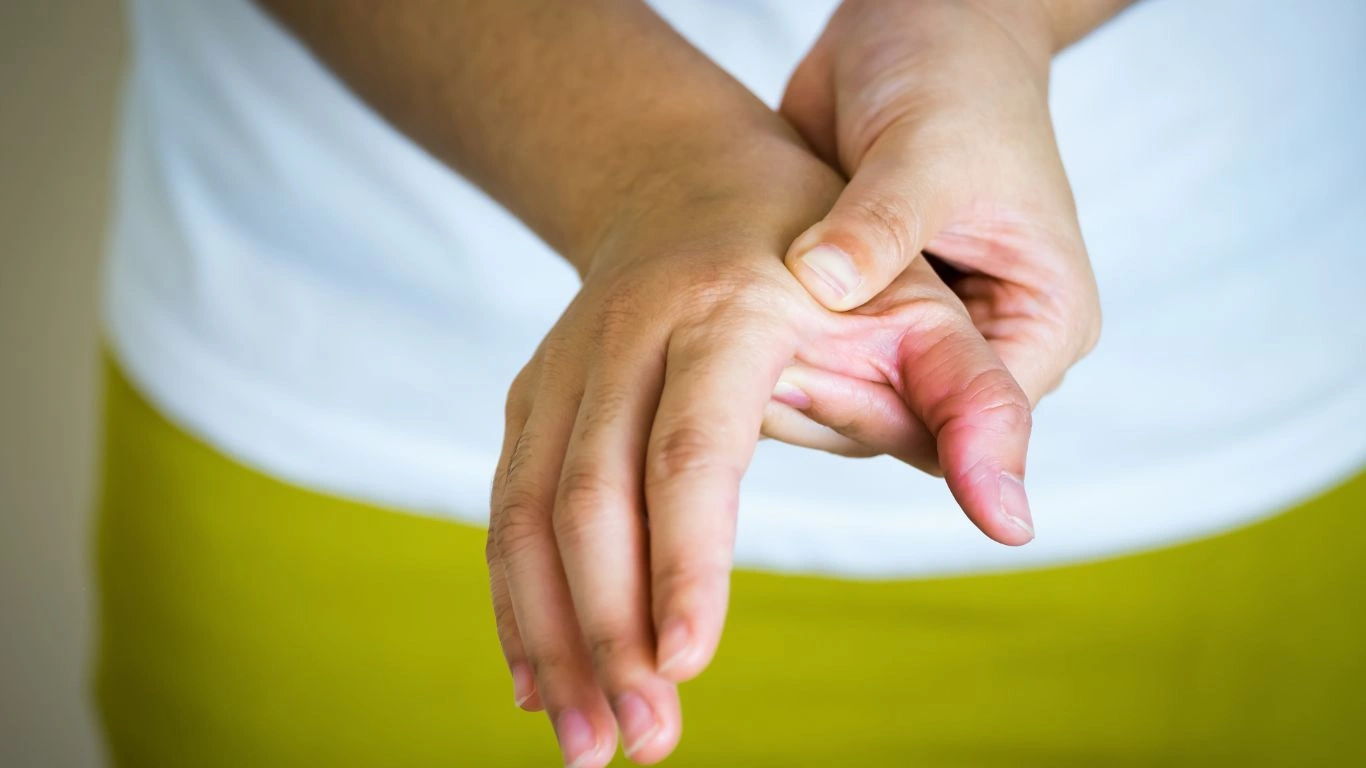
Let’s be real—managing rheumatoid arthritis is like having a second job. Between meds, therapy, exercise, and trying to avoid stress (ha!), it’s a lot. But staying consistent is one of the most underrated keys to how to prevent joint deformities in rheumatoid arthritis.
I’ve had patients fall into the trap of only taking meds when they’re flaring or skipping stretches because they “feel fine.” The thing is, RA is sneaky. Inflammation can still simmer under the surface even if you’re not in pain—and over time, that quiet damage is what leads to those painful deformities.
Here’s what I always remind my patients (and myself):
- Routines = results. Even if it’s just 5 minutes a day of movement, it adds up.
- Flares don’t mean failure. They happen. It’s not your fault. Just adjust and keep going.
- Small habits matter. Wearing your splints, avoiding joint strain, taking your meds on time—these are the building blocks of long-term joint protection.
I get it. Some days you just want to crawl into bed and forget the whole RA thing exists. But your future self—the one who can still cook, garden, hold a grandbaby—will thank you for pushing through and sticking with the little things.
The Emotional Side of RA and Joint Changes
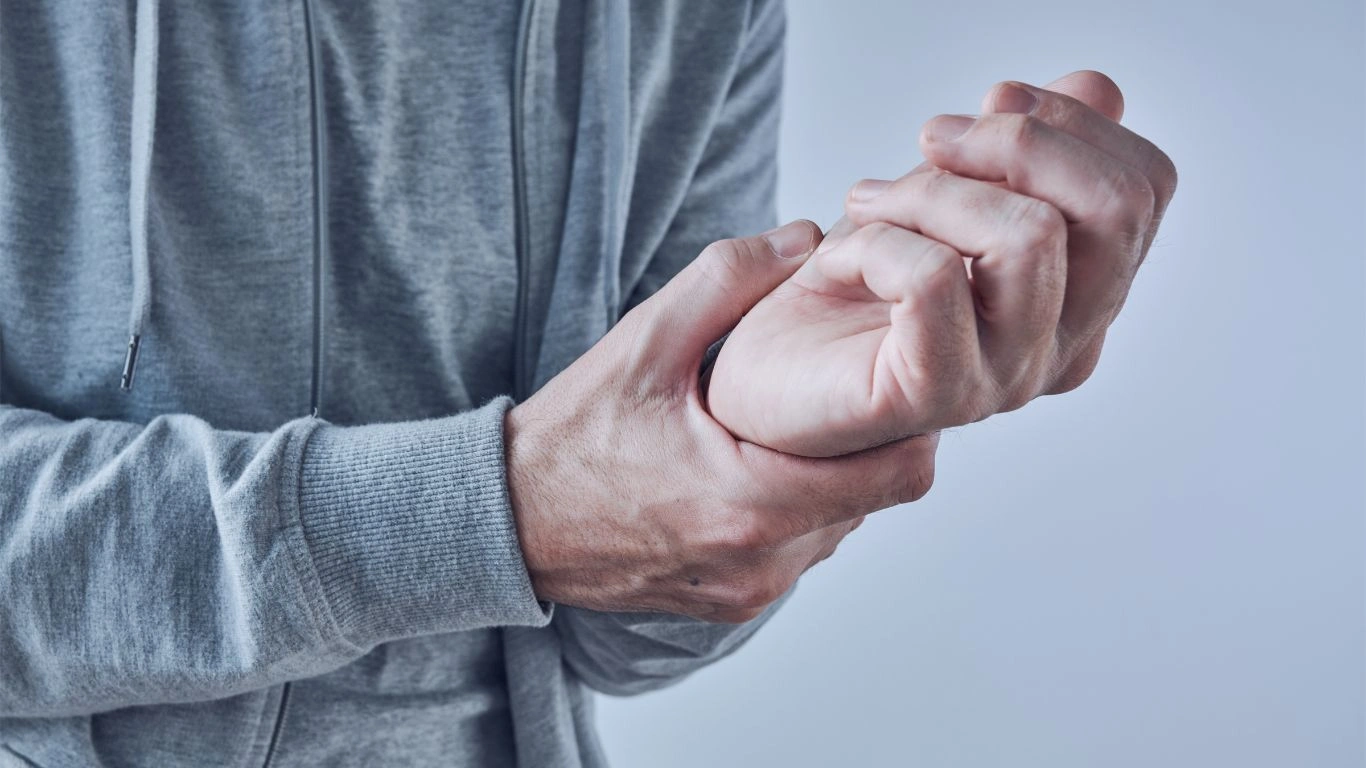
Okay, let’s talk about something that doesn’t get enough attention: the emotional toll of RA and the fear of joint deformities. I’ve had patients cry in my office not because of the pain—but because they’re afraid of “losing themselves” to this disease.
It’s more than physical. When your hands don’t look the same, when you can’t wear your favorite heels, or when you need help opening a water bottle—it affects your confidence, your independence, your identity. And that’s totally valid.
One of my longtime patients, James, told me once that his biggest fear wasn’t pain—it was having to ask his wife to help him with buttons. That vulnerability can be crushing.
So what helps?
- Support groups – Online or in-person, these can be life-changing. Just knowing someone else “gets it” is powerful.
- Therapy – Mental health is health. Full stop.
- Celebrating wins – Did you walk a bit farther today? Made it through the grocery store without fatigue? That’s a win. Count it.
It’s okay to grieve what RA takes from you. But it’s also okay to fight like hell to hold onto what you love. I see strength every day in my patients, and I promise—it’s not about perfection. It’s about persistence.
Technology and Tools Making a Difference
We’re living in a golden age of medical tech—and RA care is riding the wave. From telehealth to AI-assisted imaging, there are some seriously cool advances helping us catch joint issues early and track disease more accurately.
Here’s what’s making waves lately:
- Ultrasound for joint monitoring – Way more sensitive than plain X-rays. We can see subtle inflammation before it causes structural changes.
- Wearable tech – I’ve had patients use fitness trackers not just for steps but to watch patterns in fatigue and sleep that correspond with flares.
- RA-specific apps – Tools like joint pain diaries or med trackers keep everything organized and shareable with your doc.
Even something as simple as setting phone alarms to remember meds can be a game-changer. I always say—use the tech if it helps you feel more in control. Because that sense of control? It makes everything feel a little less overwhelming.
Educate Yourself—and Keep Asking Questions
One thing I’ve learned after years of working in rheumatology? The most empowered patients are usually the healthiest ones. When you know your disease, your meds, your labs, and your options—you’re able to make better choices, catch red flags early, and advocate for yourself effectively.
So don’t be afraid to:
- Ask your provider to explain lab results in plain English
- Get second opinions if something doesn’t sit right with you
- Read up on new treatments (from trusted sources, of course)
If you’re ever unsure where to look, I love recommending reliable sources like NIH, Health.com, and the Arthritis Foundation. There’s a lot of noise out there—those are the voices you can trust.
So, Can You Really Prevent Joint Deformities?
Short answer: yes—in many cases, you can. Is it easy? No. But it’s doable. With early and consistent treatment, the right lifestyle tweaks, and a support system behind you, you can keep deformities at bay and keep doing the things you love.
I’ve seen patients with aggressive RA go 10, 15, even 20 years with minimal joint damage because they stayed on top of it. They asked questions. They listened to their bodies. They didn’t give up when things got hard.
And if they can do it—you can too.
Final Thoughts (Real Talk)
If you take one thing from this article, let it be this: you are not powerless in the face of RA. Yes, it’s a tough disease. Yes, it takes effort. But you’re not alone, and there’s so much you can do to protect your joints, your mobility, and your quality of life.
So keep showing up for yourself. Keep asking questions. Keep moving, stretching, eating well, and taking your meds. And if today’s a rough day? That’s okay. Try again tomorrow. Your joints—and your future self—are worth it.
Disclaimer
This article is for informational purposes only and is not intended as a substitute for professional medical advice, diagnosis, or treatment. Always consult with a qualified healthcare provider before starting or changing any treatment plan. As a practicing Rheumatology Nurse Practitioner, I share insights based on clinical experience, but individual care should always be personalized with your own healthcare team.

Tarra Nugroho is a health writer and wellness researcher specializing in autoimmune conditions, with a particular focus on rheumatoid arthritis (RA). At Healthusias, Tarra combines scientific research with a conversational approach to help readers navigate the complexities of chronic inflammation and joint health.
In articles like “Best Supplements for Joint Health in Rheumatoid Arthritis: A Casual Guide,” Tarra explores evidence-based natural remedies and lifestyle strategies to support mobility and reduce flare-ups. Her work reflects a commitment to empowering individuals with practical tools for managing autoimmune conditions.
Whether you’re newly diagnosed or seeking holistic ways to manage RA, Tarra’s insights offer clarity and encouragement on the path to better health.

